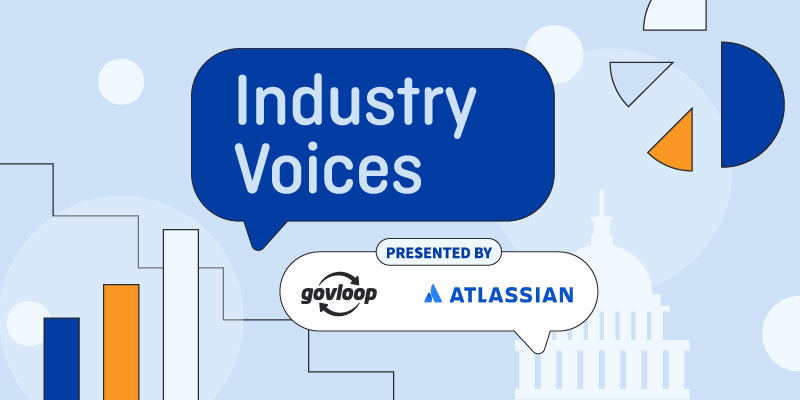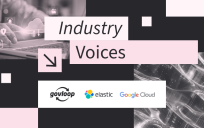Modernization is more than shiny laptops and high-end servers, the tools of advanced IT staff. Often, the most valuable reforms simply help agency employees — in legal, procurement, human resources, facilities management, and other non-technical divisions — leave their manual drudgery behind, so they can perform more mission-critical, satisfying work.
Transitioning to automated, service-based workflows can yield impressive results: lower costs, reduced manhours, and greater efficiency. Such modernization allows teams to collect and analyze data in a structured, standardized way, which means, among other benefits, that staff can track customer expectations and whether the agency is delivering on them. Better still, enterprise service management — that is, applying IT service management principles to non-IT departments — doesn’t need to be difficult.
“You don’t need to throw a bunch more people at the problem,” said Matthew Graviss, Public Sector Chief Technology Officer for Atlassian. “It’s about having smarter workflows and about having somebody on the government side with the vision to say, ‘Hey, we can work smarter,’ and then knowing where to go within the public-sector ecosystem to get help implementing it.”
In this video interview, Graviss discusses the tangible benefits that workflow solutions offer, as well as real-world case studies from his time in government. Topics include:
- How modern, service-based workflows help non-IT teams
- Why workflow solutions improve efficiency and reduce costs
- Best practices for transitioning to a service-based system
“At the end of the day,” Graviss said, “it’s about giving every team the same kind of modern tools, solutions and process discipline that IT gets.”





Leave a Reply
You must be logged in to post a comment.